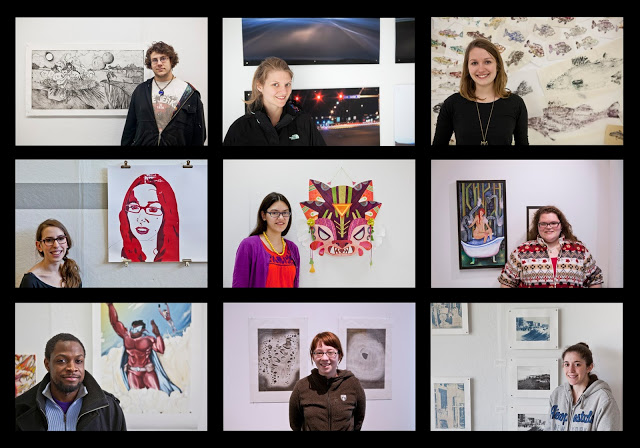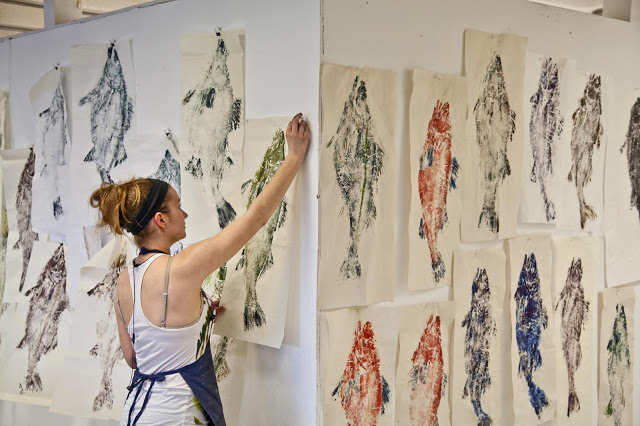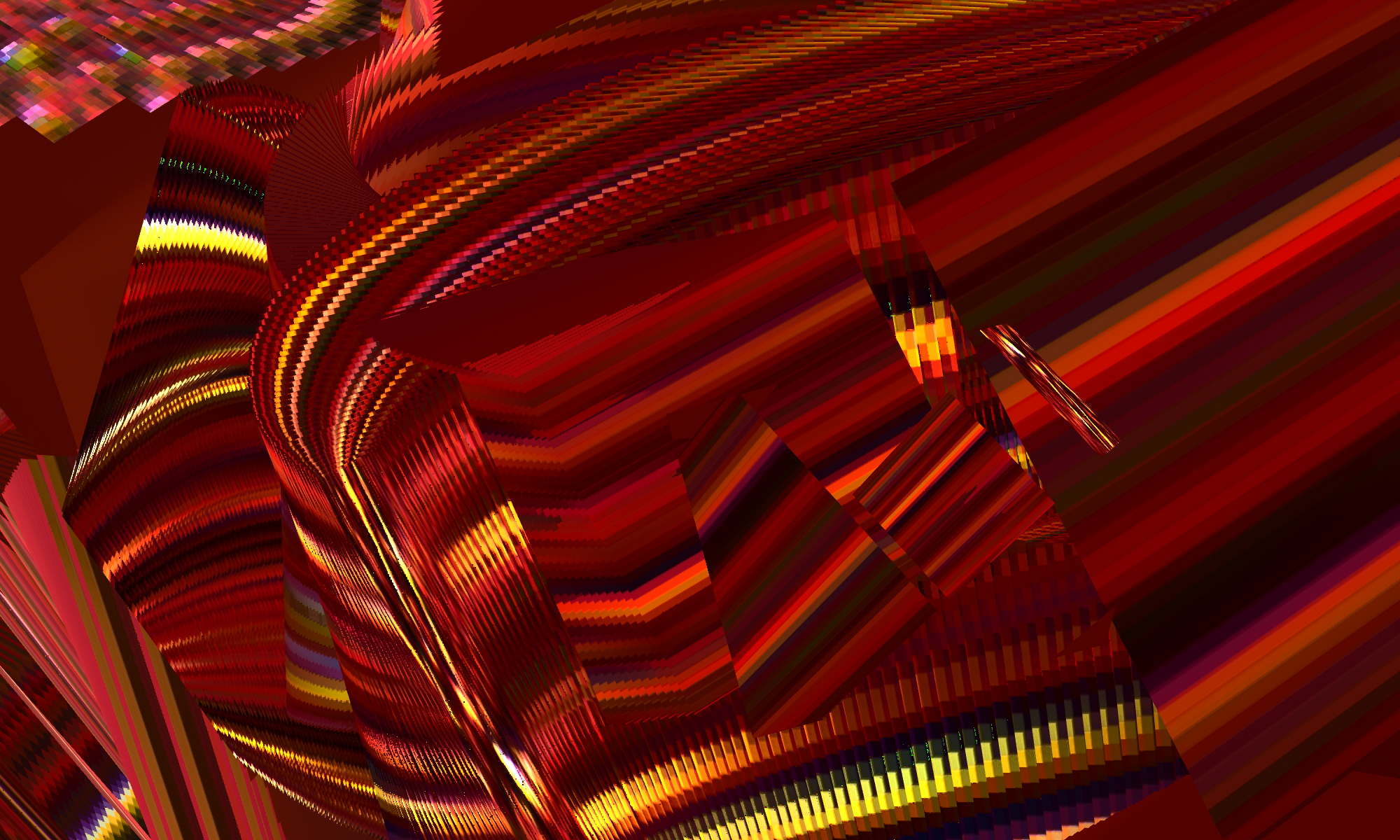
The area of Print Media is supported by a state of the art, digital and traditional print facility that provides students with an extensive opportunity to participate in the exploration of the most current print technologies including several wide-format digital printers, a computer networked imagesetter for color separations, and hand and offset lithographic presses. Recent additions include laser engraving and a host of digital printers that offer endless possibilities of exploration and expression. Approaches include the exploration of the conceptual and theoretical underpinnings of the question what is a print, through investigations of image and image processes embedded in printmaking; the physical mark-making techniques of traditional printmaking processes such as intaglio, relief, and lithographic processes. This relationship between the static space of the printed page and the dynamic temporal space of the computer becomes the ground for inquiry common to all courses taught in the area of Print Media opening the way for the image to be experienced as both physical and electronic processes. Through diverse perspectives, which focus on a range of fundamental aspects of printmaking processes and forms of the print, the courses offer experiences that provide the tools to understand print media within a contemporary framework.
Introduction to Print Media
This course is focused on image-making and image processing in relation to experiencing a broad range of printmaking processes and forms. It provides an introduction to the tools, technologies, and concepts necessary to develop the skills to make images within a contemporary print framework. Practices including woodcut, etching, lithography, monoprints, and new digital inkjet print technologies will be investigated. Printed images will evolve by working with a combination of hand and digital processes, with ink and with computer software, thus allowing the print to be understood as both physical and electronic processes. Ideas inherent to the process of printmaking such as reproduction, translation, synthesis, remixing, proofing, recombination, and collage form the basis for discussion and inquiry.

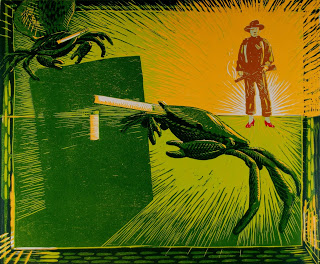
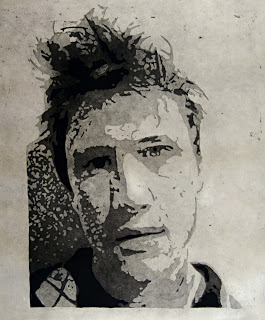
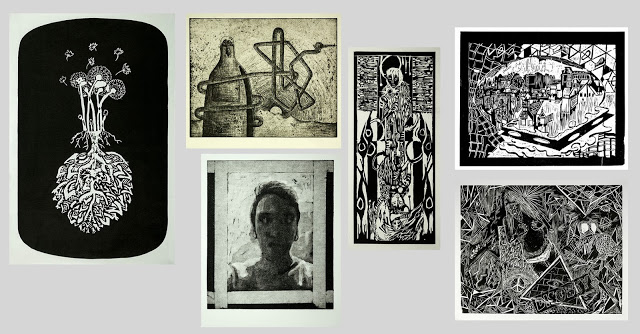
Advanced Print Media is an extensive investigation into the traditional and non-traditional uses of materials and processes that grow out of the concepts inherent in kinetic, photographic, and electronic printmaking processes. The focus is on issues involving specific forms of print media (book, print-suite, single print, mass production, CD-ROM, print installation). Time and instruction provided help to deepen student’s experience in one or more printmaking processes including etching, lithography, woodcut, and digital inkjet technologies. Content varies from instructor to instructor.
Digital Print Media is an exploration of printing activities and techniques that question and expand the interfaces of the traditional print media of lithography, woodcut, and etching with contemporary digital imaging activities and techniques. Through the making of work, we will look at how digital technologies affect the contemporary vocabulary of printmaking. We work with moving and still images and with images on paper as well as on the internet. We make, send and receive images as ways of understanding how ideas about print media are expanding, how these same ideas have historically been rooted in notions about communication, and how we can conceive and make print translations that cross traditional media.
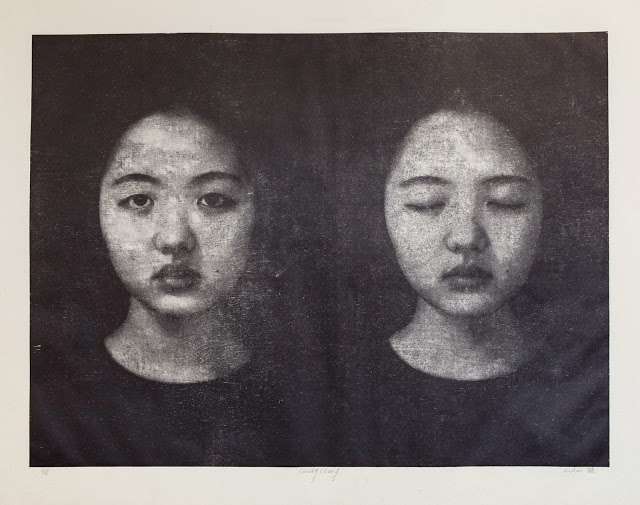
Artists Multiples is an advanced course that explores ideas about artists’ books and a wide range of printed multiple forms including objects, installations, CD-ROM, and DVD. The notion of the multiple is explored in contrast to the traditional fine art print. Offset printing, traditional processes, and new emerging technologies will be utilized to produce work. Ideas inherent to the process of printmaking such as reproduction, translation, synthesis, remixing, proofing, recombination, and collage will form the basis for discussion and inquiry.
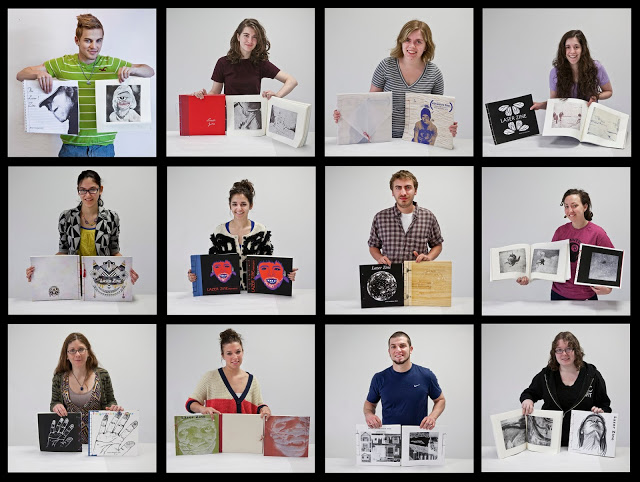
Senior Studio is during your senior year of the School of Art and Design at Alfred University, students embark on an independent studio practice. Ideas, concepts, and techniques are explored in-depth, leading to thematic development and an individual body of work. In addition to weekly meetings with senior advisors and participation in critiques and discussions, students are expected to work a minimum of twenty hours per week independently in their studio. Students undertake a thorough exploration of ideas and process leading to a thesis exhibition in May. An artist’s statement and proposal for the exhibition are also required/ Topical readings, group discussions, professional practice, and individual presentations are part of the curriculum.
